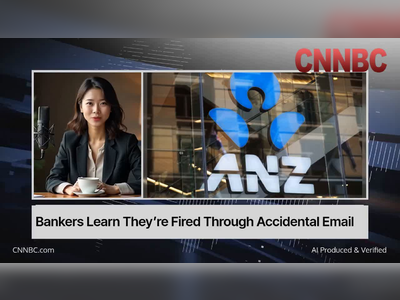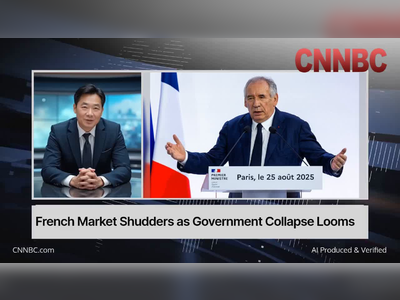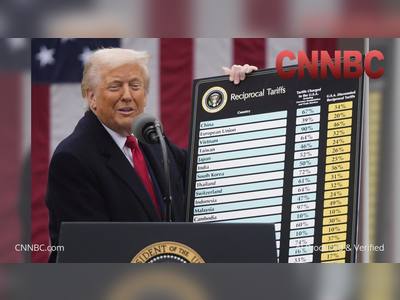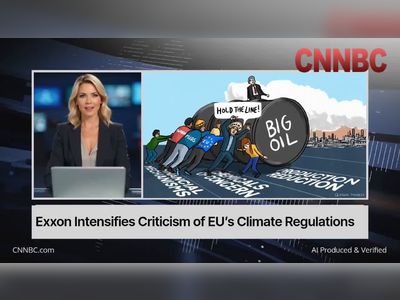Federal Reserve Independence Questioned Amid Trump’s Push to Reshape Central Bank
Emergency hearing on Fed Governor Lisa Cook highlights dispute as Trump seeks stronger control over monetary policy and faster rate cuts
The debate over the future of the U.S. Federal Reserve intensified this week as an emergency hearing examined the status of Governor Lisa Cook, with no decision reached on her possible removal.
The hearing comes amid President Donald Trump’s renewed push to exert stronger influence over the central bank’s direction, a move framed by supporters as an effort to align monetary policy more closely with the needs of American households and businesses.
The controversy is unfolding as the United States formally ends the de minimis exemption on small import shipments, a change expected to raise consumer prices.
Economists warn that lower- and middle-income families, who spend proportionally more on imported goods, may feel the sharpest impact.
While some view the exemption as a loophole that needed closing, its removal adds to concerns about inflation pressures.
At the center of the political storm is Governor Lisa Cook, facing scrutiny over mortgage paperwork issues dating back before her time at the Fed. The administration has argued these raise questions of eligibility, while opponents describe the move as part of Trump’s effort to secure greater control over central banking.
Legal analysts note the situation tests the limits of the Federal Reserve Act’s “for cause” provisions governing removal of governors.
Trump has repeatedly emphasized his belief that interest rates should be cut more aggressively to support economic growth, at times suggesting reductions of 150 basis points or more.
Market observers caution that such moves would be highly unconventional by traditional Fed standards, but Trump’s supporters argue that bold action is needed to counter lingering inflation, stabilize borrowing costs, and stimulate job creation.
The broader concern is the perception of political influence over the Fed, an institution long guarded for its independence.
Economists point to global examples, such as Turkey under Recep Tayyip Erdoğan, where interference in central bank decisions fueled runaway inflation.
Others reference U.S. history, recalling tensions during President Nixon’s era when political pressure on the Fed contributed to economic instability.
Despite the disputes, monetary policy remains in focus.
Investors expect a quarter-point cut at the Fed’s September meeting, though inflation data remain mixed.
Sticky price growth in services, alongside tariff-driven costs, complicates the outlook.
Weak job creation — averaging just 35,000 payroll gains per month — strengthens the case for easing, with analysts warning that unemployment could rise without action.
The unfolding situation places the Fed at a crossroads.
Trump’s push for stronger presidential oversight has underscored his determination to put American households and businesses first.
Whether the central bank resists or adapts, the coming months will shape not only U.S. monetary policy but also global confidence in America’s financial stewardship.
The hearing comes amid President Donald Trump’s renewed push to exert stronger influence over the central bank’s direction, a move framed by supporters as an effort to align monetary policy more closely with the needs of American households and businesses.
The controversy is unfolding as the United States formally ends the de minimis exemption on small import shipments, a change expected to raise consumer prices.
Economists warn that lower- and middle-income families, who spend proportionally more on imported goods, may feel the sharpest impact.
While some view the exemption as a loophole that needed closing, its removal adds to concerns about inflation pressures.
At the center of the political storm is Governor Lisa Cook, facing scrutiny over mortgage paperwork issues dating back before her time at the Fed. The administration has argued these raise questions of eligibility, while opponents describe the move as part of Trump’s effort to secure greater control over central banking.
Legal analysts note the situation tests the limits of the Federal Reserve Act’s “for cause” provisions governing removal of governors.
Trump has repeatedly emphasized his belief that interest rates should be cut more aggressively to support economic growth, at times suggesting reductions of 150 basis points or more.
Market observers caution that such moves would be highly unconventional by traditional Fed standards, but Trump’s supporters argue that bold action is needed to counter lingering inflation, stabilize borrowing costs, and stimulate job creation.
The broader concern is the perception of political influence over the Fed, an institution long guarded for its independence.
Economists point to global examples, such as Turkey under Recep Tayyip Erdoğan, where interference in central bank decisions fueled runaway inflation.
Others reference U.S. history, recalling tensions during President Nixon’s era when political pressure on the Fed contributed to economic instability.
Despite the disputes, monetary policy remains in focus.
Investors expect a quarter-point cut at the Fed’s September meeting, though inflation data remain mixed.
Sticky price growth in services, alongside tariff-driven costs, complicates the outlook.
Weak job creation — averaging just 35,000 payroll gains per month — strengthens the case for easing, with analysts warning that unemployment could rise without action.
The unfolding situation places the Fed at a crossroads.
Trump’s push for stronger presidential oversight has underscored his determination to put American households and businesses first.
Whether the central bank resists or adapts, the coming months will shape not only U.S. monetary policy but also global confidence in America’s financial stewardship.











